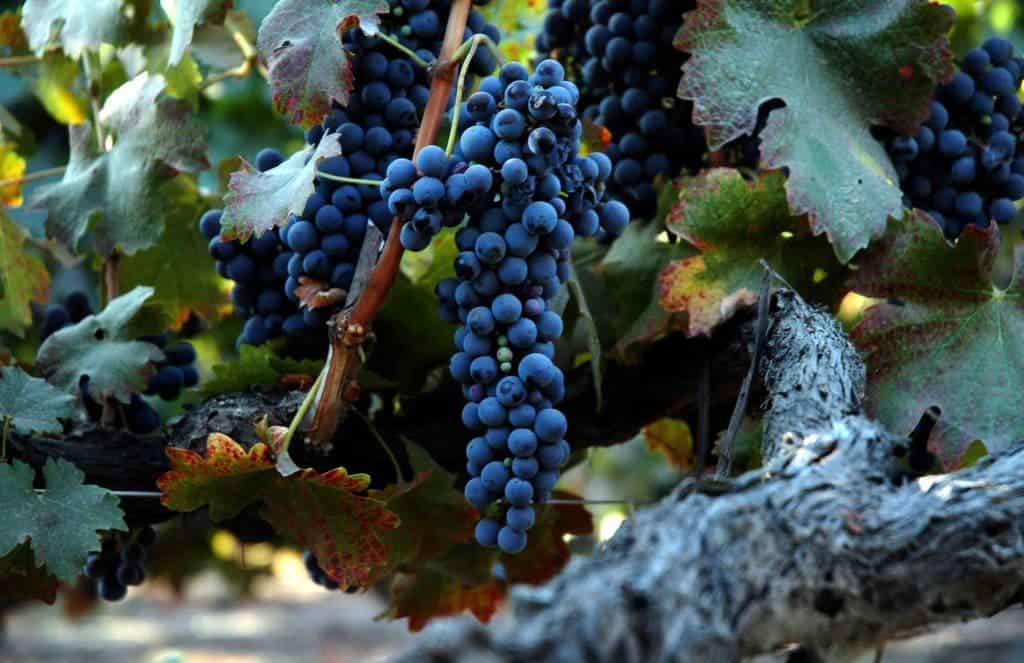A new collaboration study between NASA and Harvard University found that climate change is breaking an important link between droughts and the grape harvests in France and Switzerland.

By analyzing records of wine-grape harvests between 1600 and 2007, researchers found that during the latter half of the 20th century these began shifting dramatically; between 1600 to 1980, earlier harvests were recorded only in years with warmer, drier springs and summers. But, from 1981 onward, farmers harvested the grapes earlier even in years without drought. This all comes down to shifting climate patterns.
The finding is important because high quality wines typically come from earlier harvests in relatively colder grape-growing regions, such as France and Switzerland.
“Wine grapes are one of the world’s most valuable horticultural crops and there is increasing evidence that climate change has caused earlier harvest days in this region in recent decades,” said Ben Cook, lead author and climate scientist at NASA’s Goddard Institute for Space Studies and the Lamont Doherty Earth Observatory at Columbia University in New York.
“Our research suggests that the climate drivers of these early harvests have changed.”
Wine ratings show that the best grapes are typically harvested in years with above-average rainfall early in the growing season, followed by late-season droughts.
“This gives vines plenty of heat and moisture to grow early in the season, while drier conditions later in the season shift them away from vegetative growth and toward greater fruit production” said the study’s co-author, ecologist Elizabeth Wolkovich of Arnold Arboretum and the Department of Organismic and Evolutionary Biology at Harvard University, Cambridge, Mass.
“So far, a good year is a hot year,” she added.
However, she pointed out that the earliest French harvest ever recorded–2003, when a deadly heat wave hit Europe and grapes were picked a full month ahead of the once-usual time — did not produce particularly exceptional wines.
“That may be a good indicator of where we’re headed. If we keep pushing the heat up, vineyards can’t maintain that forever.”
The study looked at variability and trends in harvest dates over the last 400 years in Western Europe. It also took into account climate data recorded with instruments during the 20th century and (before these became available) reconstructions from tree rings and historical documents of temperature, precipitation and soil moisture all the way back to 1600.
The results were compared to wine quality from the Bordeaux and Burgundy regions in France based on the ratings of vintages over the past 100 years. Detailed quality information was available for those two regions in addition to the broader harvest data available throughout France and Switzerland.
The study’s results suggests that the role drought and moisture play in the time of harvest and the quality of the wine is undergoing a fundamental change; throughout history, warm temperatures have steadily led to earlier harvests and high-quality wines. Recent, large-scale climate shifts in the last few decades however have caused this effect to largely disappear.
“Wine quality also depends on a number of factors beyond climate, including grape varieties, soils, vineyard management and winemaker practices,” Cook said.
“However, our research suggests the large-scale climate drivers these local factors operate under has shifted. And that information may prove critical to wine producers as climate change intensifies during the coming decades in France, Switzerland and other wine-growing regions.”
In the long run, these shifts could be the bane of regions with deep traditions in wine-making, as the vines will struggle to adapt to their new climates.
The full paper, titled “Climate change decouples drought from early wine grape harvests in France” has been published online in the journal Nature Climate Change and can be read here.






